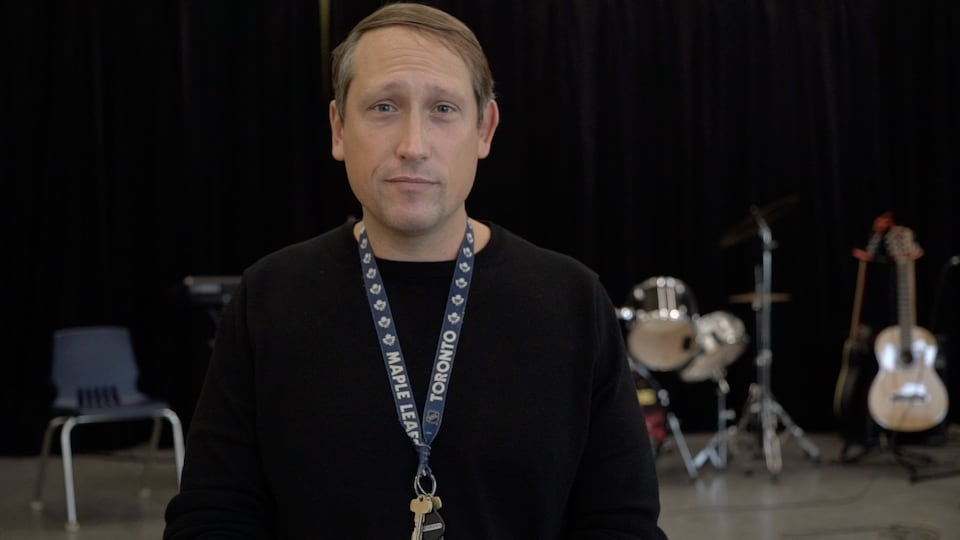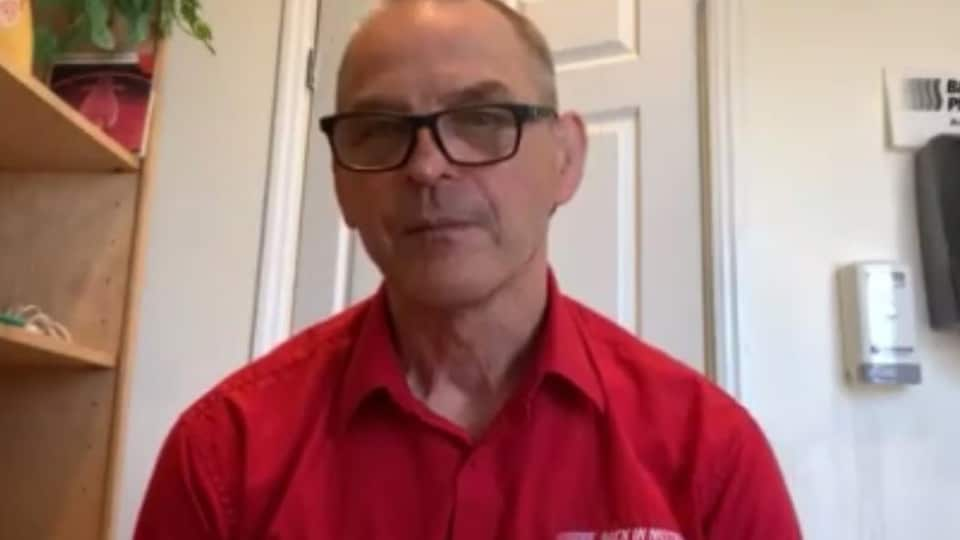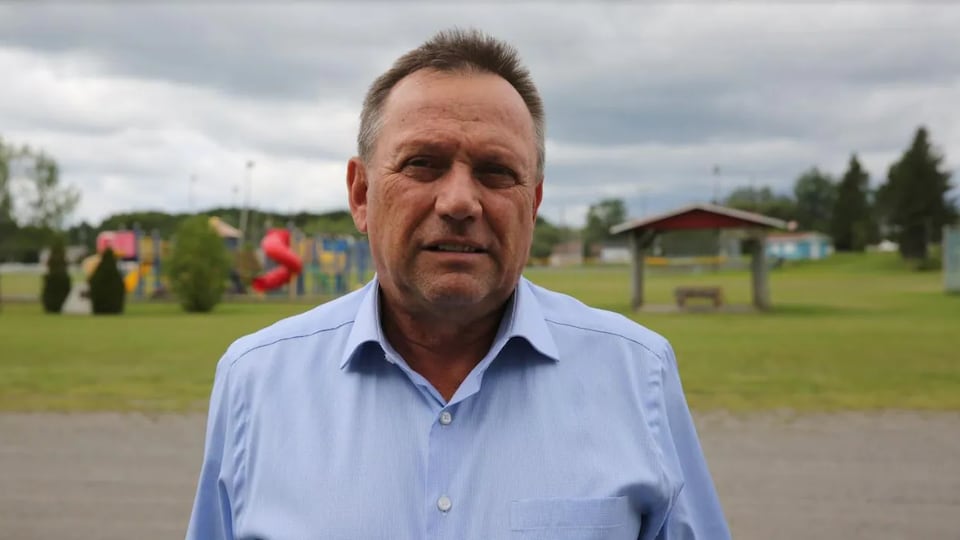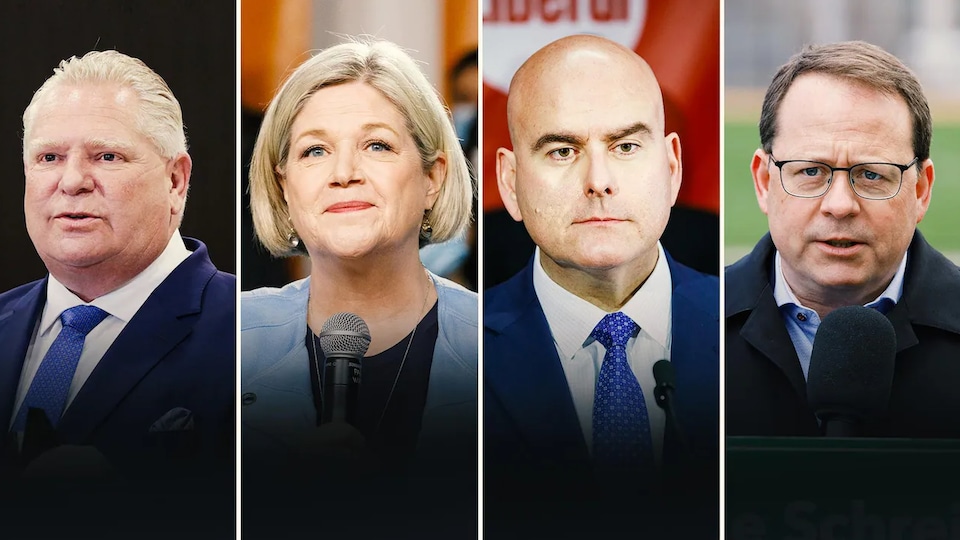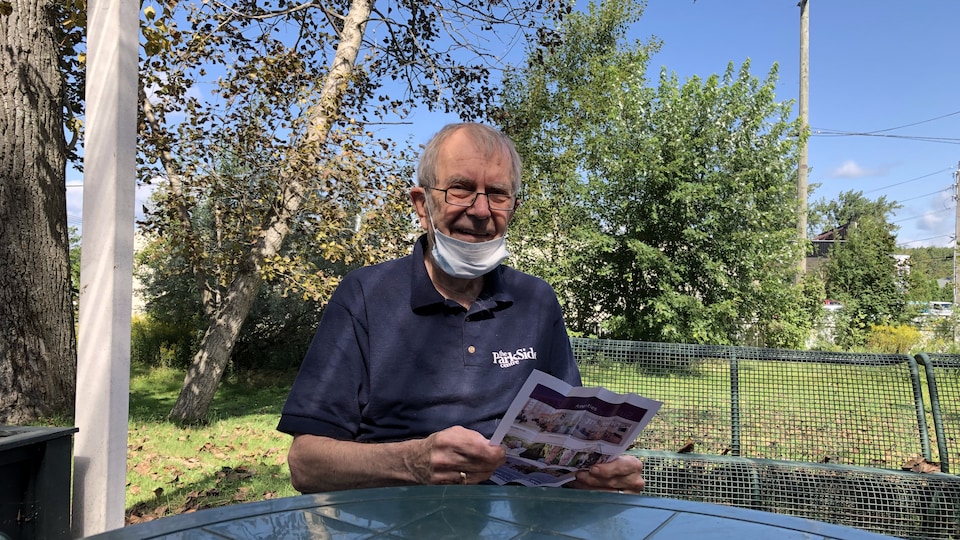With the election campaign getting under way, they hope to be better listened to by the various parties and their leaders.
Marco Roy, who lives in Sault-Sainte-Marie, is disillusioned.
I think that this year, like most of the time, we are not being heard
he replies, when asked about his impressions of the various party leaders’ interest in Northern Ontario issues so far.
The geographic region of Northern Ontario makes up about 88 per cent of the province’s territory, but is inhabited by only 5.5 per cent of the population, according to Statistics Canada data. (New window).
The region has 13 provincial ridings and is therefore represented by 13 members of the Legislative Assembly out of a total of 124. By way of comparison, the city of Brampton, which has more than 600,000 inhabitants and whose area is slightly more of 265 square kilometers has five ridings — one of which, however, includes part of the city of Mississauga.
Marco Roy is convinced that these data explain what he perceives as a lack big changes
in the North, where he grew up.
” Because [du fait] that the majority of the population is in southern Ontario, the world [se dit] that it’s better for them to invest all their money in southern Ontario. »
Yet, he notes, investing more in the North would benefit the province and not just us who live here
.
The development of tourist infrastructures is lacking, he observes, deploring that several citizens always spend elsewhere
like in the United States for their holidays.
Ontario, specifically in the North, where the population is low, is like a big diamond of natural resources, of beauty, which we don’t even use to our advantage.
Environmental Protection
André Riopel, who also lives in Sault-Sainte-Marie, believes that the region never had much influence because[elle] doesn’t really have many members of parliament
.
I still think we have to pay attention to what is happening in northern Ontario
he notes.
A promoter of outdoor activities, he adds that he will be particularly interested, in this campaign, in what the various political parties will have to say about the protection of the environment.
He points out that although the local economy is dominated by the industrial sector — Algoma Steel is one of Sault Ste. Marie’s main employers — we are developing an intelligent economy
focusing on IT, among other things.
This shift is attracting new workers from large cities like Toronto, who come to the North because [la vie] costs less and because there is a lifestyle that is still very good
.
” But if we are going to ruin our cities by building a ferrochrome factory and making products to develop large batteries for automobiles, we are going to ruin what is beautiful in our city. So that interests me a lot. »
A ferrochrome plant is planned in Sault Ste. Marie to process ores mined from the Ring of Fire, a project supported by Progressive Conservative leader Doug Ford.

The North is going to be important
for the energy transition
But it is precisely the natural resources and especially the Ring of Fire that will ensure that the various parties will have to take an interest in Northern Ontario, believes the vice-president of the Federation of Northern Ontario Municipalities (FONOM ), Paul Schoppman.
” I think they know that the North is going to be very important for the province with the electric cars that are coming. All the critical minerals for that, they’re going to come from the North. »
The group is organizing a debate on May 10 in North Bay, where the leaders of the four main provincial parties will be present: the Progressive Conservative Party, the New Democratic Party, the Liberal Party and the Green Party.
Paul Schoppmann hopes to hear the different proposals from the leaders for the development of road infrastructures, and the improvement of access to mental health care and the fight against addictions.
” If we need help, for people, it’s very difficult to get to [endroits] where to go. I sure hope they understand that. Certainly during this campaign, if they travel by bus or car, they will see how great the distances are in the North. »
Housing and health
In Sudbury, the local chapter of the Canadian Association of Retired Persons will also be holding a constituency candidates’ debate on May 18th.
Its chairman, John Lindsay, explains that the objective of the exercise will be to ask about what they intend to do, in particular, in the areas of housing and access to health care
.
Housing, of course, is a concern for seniors, but for everyone, and especially for young people, we see that with the high costs, they are wondering if they will be able to buy a house. Can they even rent an apartment? Rents are also rising
he points out.
” People in Northern Ontario still feel like second-class citizens compared to those in Southern Ontario. […] Most of the gifts seem to go to southern Ontario, because there is a very large population, but we have a very large territory to cover in the North, and really specific problems. »
The presence of leaders important
Even though the election campaign is only just beginning, some party leaders have already planned stops in the North.
Their physical presence is really important
observes John Lindsay.
” When you’re a leader, you have to show your face. You can see leaders on TV, in the media, in many ways, but it’s face to face that really makes a difference. When you look someone in the eye and voice your concerns, you probably feel heard. »
Paul Schoffmann also hopes that the various chefs will take the time to travel to several regions in Northern Ontario. to see for themselves the important topics in [les] communities
.
During the last provincial election campaign, in 2018, Doug Ford traveled to six communities in Northern Ontario. Former Liberal leader Kathleen Wynne visited three while New Democrat leader Andrea Horwath visited five, including Grassy Narrows First Nation.
When the House dissolved, the New Democratic Party held eight seats in Northern Ontario. The Progressive Conservatives had four, while the Liberals had only one.
Three of the four elected Progressive Conservatives were members of Doug Ford’s cabinet.
Reference-ici.radio-canada.ca
